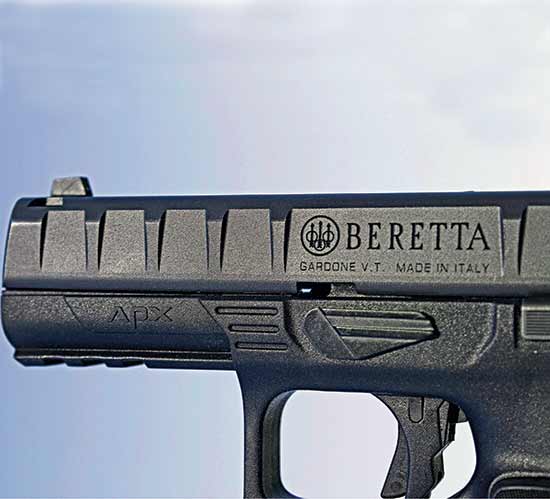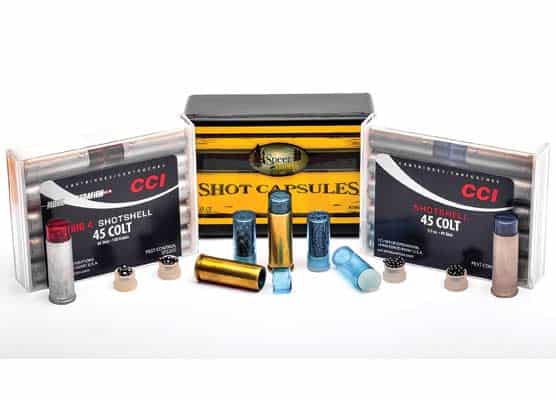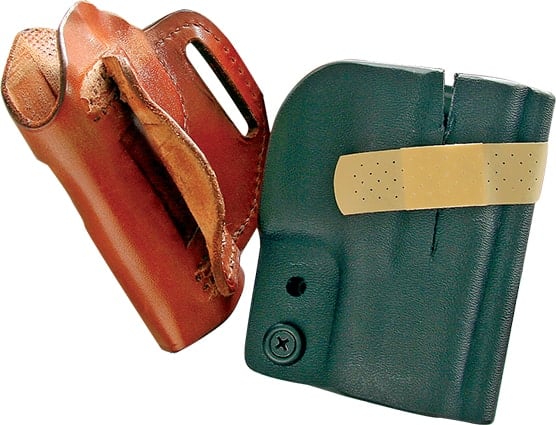Fingers & Triggers
The jurors said the reason they convicted NYPD Officer Peter Liang of manslaughter in 2016 was that his finger was on the trigger of his GLOCK 19 when he unintentionally discharged it. Testimony had made it clear to them fingers were only supposed to be on triggers when one intended to fire. While the judge reduced the manslaughter conviction to negligent homicide, the same factors were still in play. I don’t think the NYPD Academy or the Firearms and Tactics Unit deserved any heat on the firearms training, though. Here’s why.
The NYPD Blues
In the printed guidelines NYPD gives each MOS (Member Of the Service), one explicit line appears in bold letters when explaining the proper draw: IMPORTANT: Trigger finger must be placed on the Take Down Lever/Slide Stop Lever as soon as possible.
Obviously, the instructors at the Firearms Training Unit saw the importance of the trigger finger being in register above the trigger guard area.
Unfortunately, testimony at the trial indicated multiple officers had interpreted this to allow “finger alongside trigger.” This places the fingertip taut against the front edge of the trigger guard and spasm caused by startle response or other stimuli can make the hand tighten, snapping the finger back against the trigger with enough force to fire.
And, a review of NYPD training materials reveals the department encourages the officers to, whenever possible, place the hand on the holstered pistol, safety strap released and ready to draw, in lieu of having it in-hand. If startled, there’s no chance of the finger causing an unintended discharge. Because the draw is well-practiced with a well-trained officer, the difference between coming up from the holster and getting a hit, and doing the same from low ready, is small, sometimes less than a tenth of a second.
If a suspect grabs for the gun, “hand on holstered weapon” is the single strongest “start position” for the defender. If the officer slips and falls, the hand on the gun tends to reflexively come off to regain balance, leaving the gun safely in the holster. It will also prevent the well-documented phenomenon of subconscious trigger verification, which Peter Liang’s lawyer Robert Brown expertly elicited from the State’s witness, an honest and well-versed cop who spoke a truth needed to be told.
When The Gun Is Out
Finger straight along the frame above the trigger guard has to be made clear! Just “finger on frame” is not enough because the trigger guard is a part of the frame. Some instructors go so far as to say “Finger up on slide,” but my concern with this is with some designs, it can “break” the primary hold on the pistol, compromising ability to both shoot effectively and retain the weapon against a disarming attempt. I’ve even seen “finger up in the ejection port,” but in heavy shooting training for right-handed shooters, this can burn the finger enough to make the shooter say, “To hell with that.”
I prefer to flex the trigger finger (only when the gun is “drawn to ready”) and index it alongside the frame below the slide or cylinder. If the shooter needs to fire quickly, this keeps a long finger on a short trigger guard from snagging and being slowed down. If a startle response drives the finger to the trigger, the finger is coming across the trigger from the side instead of straight back into it, certainly not eliminating the chance of unintended discharge, but certainly greatly reducing it.
If the officer has a 1911 in the right hand, its slide stop stud protrudes on the right side. A straight index finger in a tight grip can sometimes push it leftward out of position, causing the pistol to lock up after the first shot. A flexed fingertip with the fingernail behind the stud can’t cause that.
If a disarming attempt drives the gun toward an extended finger, it can be broken and cause the other fingers to sympathetically let go. This won’t happen if the finger is flexed with its tip pointed toward the incoming force.
Whether it’s the slide stop, the takedown niche on a GLOCK, or the sideplate screw on a revolver, it’s wise to find a felt index for the fingertip above the trigger guard area. The first manufacturer to catch onto this was Taurus, who put a dedicated fingertip niche in the frame of their Millennium series pistol. The most recent is Beretta, who put such a serrated area above the trigger guard on their new APX service pistol. We’ve all heard, “The devil is in the details.” We need to teach the subtleties — and incorporate them.








